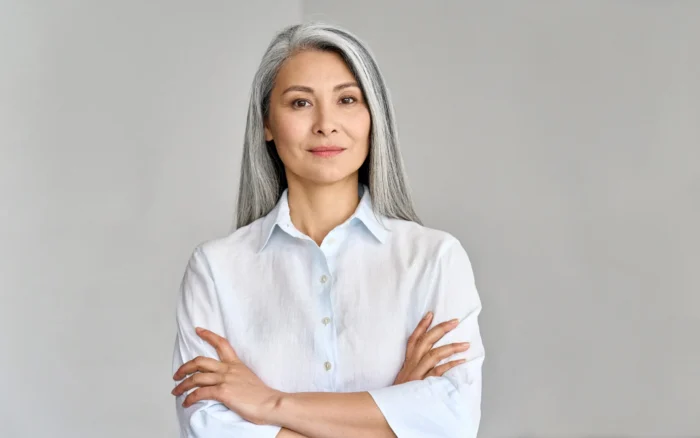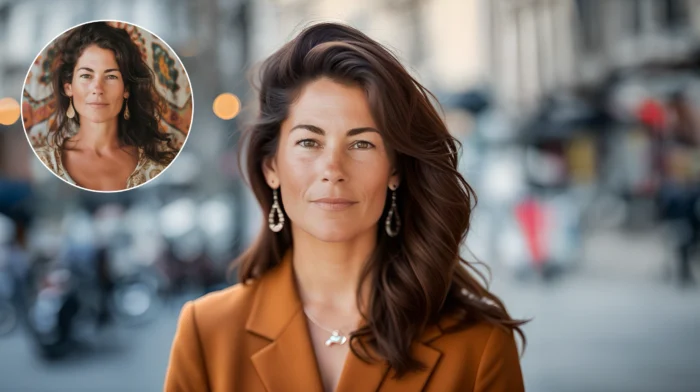Professional headshots cost hundreds of dollars and require weeks of scheduling coordination with photographers. Most people delay updating their professional images because traditional photography feels expensive and time-consuming.
This hesitation leaves countless professionals with outdated or amateur photos that undermine their credibility online.
We are in an era where AI-powered headshot tools, such as Portraitpal.ai, provide easy access to polished, professional images within minutes at a fraction of the traditional costs. Does that mean “real” photography is about to become irrelevant for professionals?
Understanding the strengths and limitations of each approach helps you make informed decisions about your professional image investment.
The Economics and Accessibility Factor
Cost considerations play a major role in headshot decisions, especially for freelancers and early-career professionals who need quality images but face budget constraints. Traditional photography requires a significant upfront investment with limited revision opportunities.
Key economic differences include:
- Initial investment costs: Traditional photography sessions range from $200-800 for basic packages, while AI headshot tools typically cost $20-50 for multiple variations. The price difference becomes particularly important when you need regular updates or multiple style options for different professional contexts.
- Time investment requirements: Professional photography involves scheduling consultations, travel time, actual session duration, and waiting for edited results. AI tools generate finished headshots within minutes of uploading source photos, eliminating scheduling friction and delivery delays.
- Revision and customization flexibility: Traditional photographers charge additional fees for significant edits or style changes, whereas AI tools allow unlimited experimentation with backgrounds, lighting, and styling options. This flexibility proves valuable when your professional needs evolve or you enter new industries.
- Volume and variety benefits: Photography sessions typically yield 5-10 final images, limiting your options for different platforms and purposes. AI tools can generate dozens of variations, providing extensive choices for LinkedIn, speaker bios, company websites, and marketing materials.
- Geographic accessibility: Quality photographers concentrate in major cities, leaving rural professionals with limited local options or expensive travel requirements. AI tools provide consistent quality regardless of location, democratizing access to professional imagery.
- Update frequency economics: Career changes, aging, or style evolution require new photos every 2-3 years. The cumulative cost of traditional photography sessions adds up significantly over time, while AI tools make regular updates financially practical.
Quality and Authenticity Considerations
Image quality and authenticity represent the most significant factors when choosing between AI and traditional photography approaches. Each method excels in different areas while facing distinct limitations.
Traditional Photography Advantages
Professional photographers bring artistic expertise and technical skills that current AI cannot fully replicate. They understand how to work with different face shapes, skin tones, and personal features to create flattering results.
Live direction during sessions helps subjects achieve natural expressions and confident poses that translate into compelling professional images.
Studio lighting and professional equipment produce image quality that remains superior to AI generation in many technical aspects. Photographers can adjust lighting setups in real-time to address specific challenges or achieve particular aesthetic goals.
The resulting images often have depth, texture, and subtle details that AI struggles to match consistently.
AI Technology Capabilities
AI headshot tools like Portrait Pal have improved dramatically in recent years, producing results that satisfy most professional presentation needs. These systems excel at creating consistent, polished images that meet standard business requirements without the complexity of traditional photography.
The technology handles common enhancement tasks like background replacement, lighting correction, and minor retouching automatically. This automation ensures consistent quality across multiple images while eliminating the variation that sometimes occurs with different photographers or session conditions.
Authenticity and Professional Ethics
Questions about authenticity become important when AI significantly alters your appearance or creates images that don’t represent how you actually look. The key lies in using AI enhancement rather than complete transformation, maintaining recognizable features while improving presentation quality.
Professional contexts vary in their tolerance for AI-generated imagery. Conservative industries may prefer traditional photography’s inherent authenticity, while tech-forward fields readily accept AI-enhanced professional images. Understanding your industry’s norms helps guide this decision.
Conclusion
Both AI and traditional photography serve legitimate roles in professional image creation, with the best choice depending on your specific needs, budget, and industry context. AI tools excel at providing accessible, affordable options for regular updates and multiple variations.
Traditional photography offers superior artistic direction and technical quality for high-stakes professional presentations. Consider your long-term professional goals, budget constraints, and authenticity requirements when making this investment in your professional presence.


